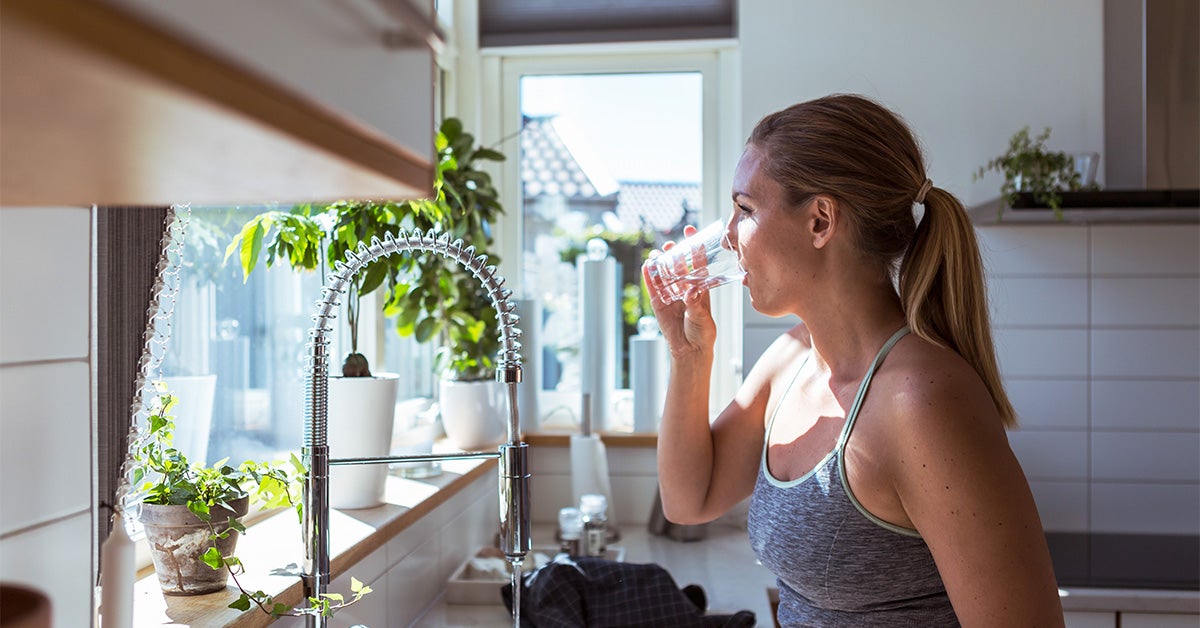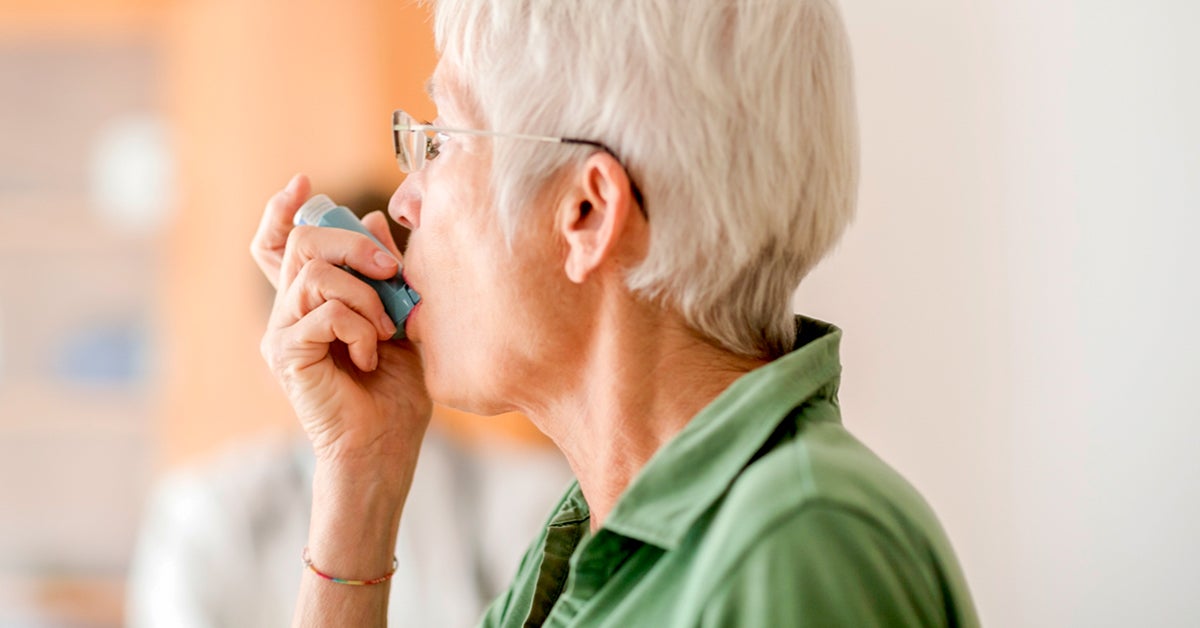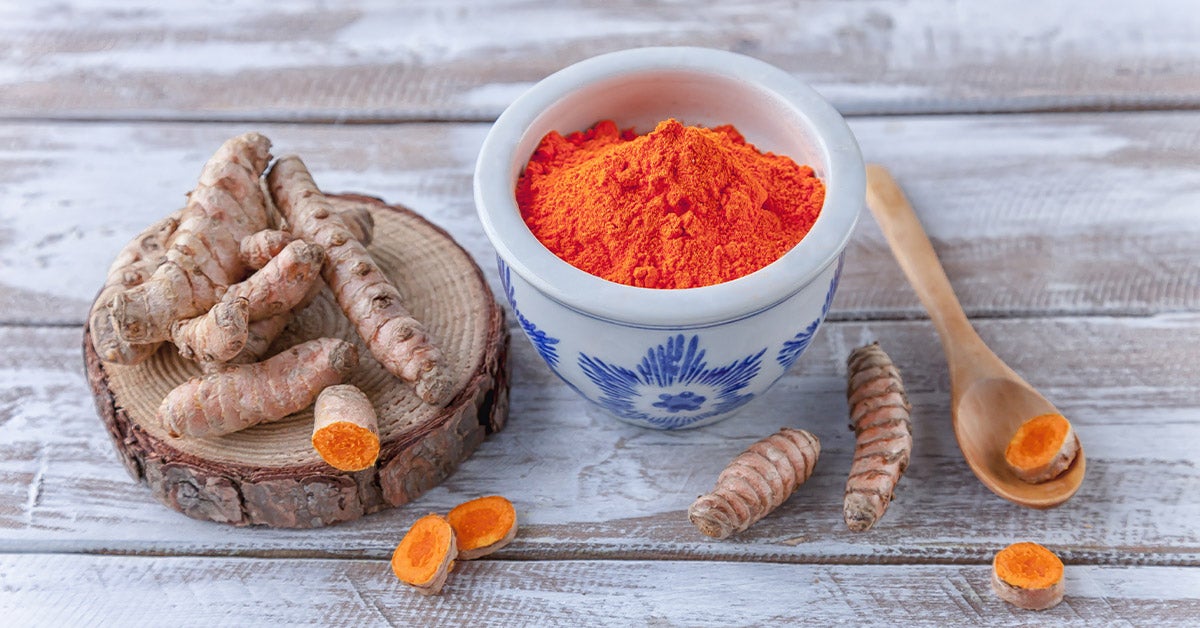Mustard on Burns: Why You Shouldn't Use it, Plus Remedies That Work
A quick internet search may suggest using mustard to treat a burn. Do not follow this advice.
Contrary to those online claims, there's no scientific evidence proving that mustard helps treat burns. In fact, using unfounded remedies like mustard to treat burns may actually make your injury worse.
Keep reading to learn why you shouldn't use mustard on burns, first aid treatment and alternative remedies that do work, and when to see a doctor.
Just because someone says to use mustard (or ketchup for that matter!) on a burn, doesn't mean you should. There's no scientific evidence supporting mustard as a remedy for minor burns. In fact, mustard may actually cause your skin to burn, or worsen existing burns.
A recent case study highlighted the burns a woman sustained after using a mustard and honey wrap in an attempt to reduce cellulite. The mustard in the wrap caused burns that needed to be treated by a doctor.
Mustard can cause a reaction on the body because its ingredients can irritate the skin and open blood vessels. Your skin may feel warm when you put mustard on it, but that doesn't mean it's healing your burn.
'I don't recommend using mustard on burns for a number of reasons. First, mustard is often made with vinegar, which may irritate the skin and be painful. In addition, mustard (and the use of other substances) on a burn could potentially cause an infection.'
— Dr. Jen Caudle, family physician and associate professor at Rowan University
Mustard is not the only harmful remedy for treating burns. A study found that many people use home-based remedies to treat their burns, despite no scientific evidence for their effectiveness.
Some of the unfounded home remedies that can do more harm than good when treating burns include:
- butter
- oils, like coconut and sesame
- egg whites
- toothpaste
- ice
- mud
These substances can worsen the burn, cause infection, and even prompt other unwanted conditions without actually treating the injury. For example, using ice on a burn may cause hypothermia.
You can treat superficial burns at home with some straightforward first aid. Dr. Caudle recommends a fairly simple approach for small minor burns:
'I recommend cooling the burn with cool compresses. It's important to keep the burn covered and protect it from the sun as well. Some might need over-the-counter medications to help with pain.'
Here are other tips for treating the burn yourself:
- Remove any jewelry or clothing near the site of the burn.
- Apply a clean, sterile bandage to the burn, making sure that no adhesive is near the burn.
- Avoid breaking any blisters caused by the burn.
- Use medications like nonsteroidal anti-inflammatories or acetaminophen if you need to relieve pain or discomfort.
- Clean the burn area with soap and water and reapply bandages to the site as it heals.
There are several proven alternative remedies for treating minor burns at home.
Cool water or a cool compress
You can treat a burn by running the burned area under cool water for 10 to 15 minutes within three hours of getting burned. This process:
- stops the burning
- cleans the wound
- relieves pain
- minimizes fluid build up
Make sure the rest of your body stays warm while running the cool water on the burn.
If you don't have access to running water or prefer not to use it, you can apply a cool compress for 10 to 15 minutes to the burned area.
Antibiotic ointments (Neosporin, bacitracin)
Antibiotic ointment can help prevent infection in wounds. You may want to apply a light layer of antibiotic ointment to a non-serious burn after you have cooled it completely.
Consider talking to a doctor before applying this type of cream to a burn, as it may be better to treat the burn with only a light dressing. If your doctor encourages its use, follow the directions on the ointment's packaging to apply it correctly.
Aloe vera
Using aloe vera gel on your burn could soothe it and prevent it from drying out. One study suggests that aloe vera gel is more effective than OTC silver sulphadiazine cream in healing superficial and partial thickness burns.
Recap
Here's a recap of what you should and shouldn't use for a minor burn:
Burns are one of the most common injuries. They can occur for several reasons, including exposure to sunlight, heat, or radiation, or from contact with fire, electricity, or chemicals.
There are three primary categories of burns:
First-degree burns
First-degree burns are also called thin or superficial burns. They'll last for three to six days. These burns are on the skin's surface and look red. You won't have blisters with this type of burn, but the skin may peel.
Second-degree burns
Second-degree burns are also known as superficial partial-thickness or deep partial-thickness burns. These burns blister and are very painful. They may take around three weeks to heal depending on the severity of the burn.
Third-degree burns
Third-degree burns are also called full-thickness burns. These penetrate every layer of your skin and will appear white or brown/black in color. They can take months to heal and may need skin grafts to properly repair the burned skin. You must seek immediate medical treatment for these burns.
You should always see a doctor if:
- you're burned from electricity
- you have a severe or large burn (more than 3 inches)
- the burn is on your face, joints, hands, feet, or genitals
- the burn starts to look irritated and infected after treating it at home
First aid for burns can be simple without any trips to your pantry for mustard. Always see a doctor if you have a large or serious burn.
You can treat minor burns at home with a cool compress, bandages, and possibly a pain reliever.
See your doctor if the burn doesn't start to heal within a few days or if it looks infected.
-
 6 interesting genetic traits that children will inherit from their parents
6 interesting genetic traits that children will inherit from their parents
-
 7 effects of asparagus on child development
7 effects of asparagus on child development
-
 Does cutting blood hair for babies bring good luck?
Does cutting blood hair for babies bring good luck?
-
 The more babies eat, the higher the height they develop, especially the second kind
The more babies eat, the higher the height they develop, especially the second kind
-
 Children with chicken pox should eat to quickly recover from the disease, without leaving a deep scar?
Children with chicken pox should eat to quickly recover from the disease, without leaving a deep scar?
-
 The more food is cooked, the better it can be for health, especially the second type
The more food is cooked, the better it can be for health, especially the second type
-
 Can You Get High from Smelling Weed? Secondhand Side Effects
Can You Get High from Smelling Weed? Secondhand Side Effects
-
 Skin Bleaching Products and Procedures: Side Effects and Benefits
Skin Bleaching Products and Procedures: Side Effects and Benefits
-
 How to Do Oblique V-Ups: Instructions, Benefits, and More
How to Do Oblique V-Ups: Instructions, Benefits, and More
-
 3 P's of Diabetes: Polydipsia, Polyuria, Polyphagia, and More
3 P's of Diabetes: Polydipsia, Polyuria, Polyphagia, and More
-
 Is Albuterol Addictive? Addiction, Dependence, and More
Is Albuterol Addictive? Addiction, Dependence, and More
-
 Ayurvedic Medicine for Weight Loss: Remedies, Tips, and More
Ayurvedic Medicine for Weight Loss: Remedies, Tips, and More































